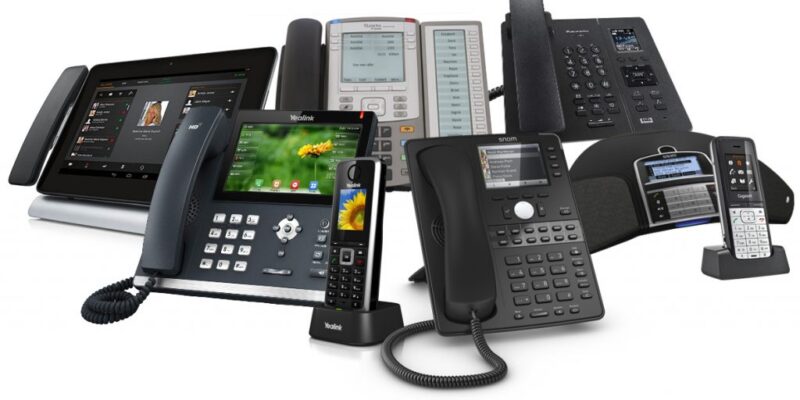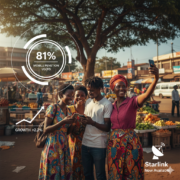The recent report from the Postal and Telecommunications Regulatory Authority of Zimbabwe (POTRAZ) indicates a modest increase in fixed telephone subscriptions, rising by 1.01% from 295,056 from the third quarter to 298,047 in the fourth quarter of 2024. While this growth may seem encouraging, it prompts critical questions about the future viability of fixed line services in an increasingly mobile-centric world.
The increase in fixed line subscriptions is primarily driven by a slight uptick in Public Switched Telephone Network (PSTN) lines and a modest rise in Voice over Internet Protocol (VoIP) services. However, the overall voice traffic on the PSTN network has contracted by 5.99%, reflecting a significant shift in consumer behavior. This decline is largely attributed to the growing popularity of mobile phones and Over-The-Top (OTT) applications like WhatsApp and Telegram, which offer cheaper and more flexible communication options.
The advent of mobile technology has fundamentally altered communication dynamics in Zimbabwe. With mobile penetration now exceeding 102%, the fixed line sector faces intense competition. The convenience and affordability of mobile services present significant challenges for fixed line operators in retaining customers. Furthermore, the rise of smartphones and data-driven services has diminished the necessity for traditional fixed line connections.
By Ropafadzo Mashawi
Although fixed VoIP subscriptions show some growth, this segment remains overshadowed by the mobile market. VoIP services depend on stable internet connections, which are not universally accessible. This creates a paradox: as Zimbabwe strives to improve internet infrastructure, fixed line operators must innovate and adapt to the changing market.
Economic factors also complicate the landscape. The depreciation of the local currency has compelled operators to rethink pricing strategies, impacting both fixed and mobile services. Consumers are increasingly cost-conscious, tipping the balance in favor of the budget-friendly options that mobile services provide. To remain competitive, fixed line operators must navigate these economic challenges effectively.
Looking ahead, the fixed line sector must embrace technological advancements and enhance service delivery. Investing in infrastructure and exploring hybrid models that integrate fixed and mobile services could be key to survival. The future may lie in a convergence of technologies, where fixed line services complement rather than compete with mobile offerings.
In conclusion, while the growth in fixed line subscriptions is a positive signal, it must be approached with cautious optimism. The challenges posed by mobile technology and evolving consumer preferences cannot be overlooked. The fixed line sector must evolve, adapt, and innovate to remain relevant in Zimbabwe’s dynamic telecommunications landscape. Strategic thinking and a willingness to embrace change will be essential for ensuring that fixed line services can coexist alongside the burgeoning mobile market.













Comments